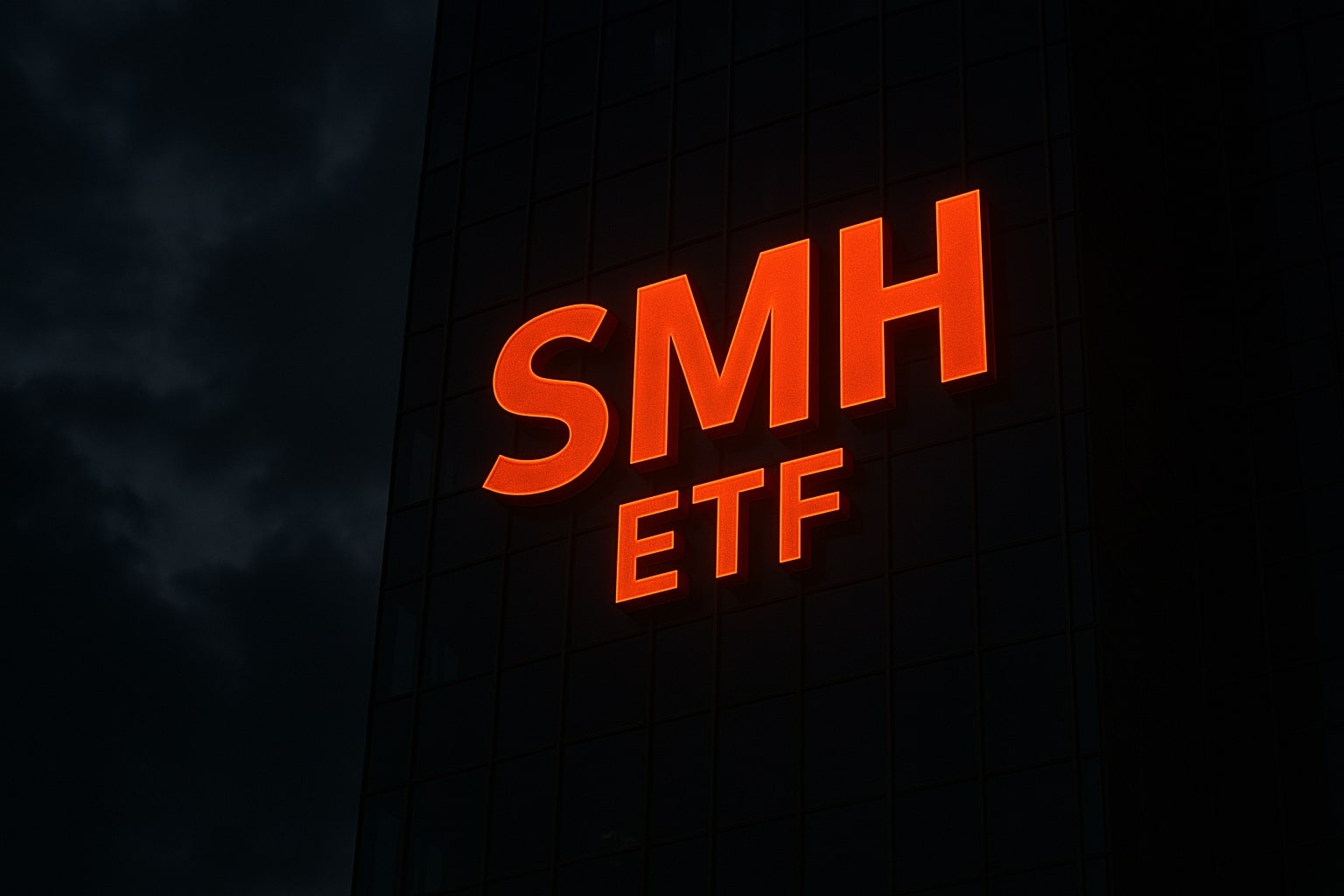Natural Gas (NG=F) Breaks Out as U.S. LNG Exports Hit Historical Record
Natural gas futures continued their sharp ascent this week, with NG=F trading at $4.32 per MMBtu, marking a 1.68% gain as the market digests a wave of bullish catalysts. The United States exported 10.1 million tonnes of LNG in October, its highest monthly volume on record, driven by heightened activity at Venture Global’s Plaquemines, Cheniere Energy’s Sabine Pass, and Corpus Christi terminals. Collectively, these three facilities contributed roughly 72% of total exports. Europe accounted for nearly 70% of the shipments (6.9 million tonnes) as it accelerates stockpiling ahead of the cold season, while Asia absorbed nearly 2 million tonnes, signaling industrial recovery across Japan and South Korea.
Technicals Confirm Structural Trend Reversal Above $4.30 Resistance
The technical structure of Natural Gas (NG=F) has transitioned from consolidation to breakout, surpassing every major moving average—20-, 50-, 100-, and 200-day EMAs—all of which have flipped into dynamic support. The Parabolic SAR and ADX readings above 35 confirm a strengthening trend, while RSI remains in neutral territory at 59, suggesting the rally still has room before hitting overbought conditions. Volume surged 38% week-over-week as speculative shorts were forced to cover, creating one of the cleanest short squeezes of 2025. Immediate resistance lies between $4.60–$4.80, while pullbacks toward $3.70–$3.75 are expected to be aggressively defended by dip buyers. The extended symmetrical triangle that contained prices between $2.80–$3.50 since spring has now been invalidated, turning that range into a powerful base for continuation.
Golden Triangle Storage Maintenance Amplifies Regional Price Spikes
Spot prices at Golden Triangle Storage (GTS) averaged $3.20/MMBtu on Tuesday, falling from October’s high of $3.65 but rebounding rapidly after a force majeure was declared on a key compressor unit. The outage restricted inflows to 100 MMcf/d, although withdrawals remained unaffected. Historically, maintenance-related disruptions at GTS have triggered temporary volatility, with prices dropping as low as $2.55 before spiking to $2.85 post-repairs. The facility’s constrained operations coincide with storage levels in the South Central region reaching 1,282 Bcf, or 6.0% above the five-year average.
EIA Data Shows Smaller Injection, Inventories Near 3,917 Bcf
According to the U.S. Energy Information Administration, the Lower 48 is expected to show a 35 Bcf injection, below the five-year norm of 42 Bcf and far less than last year’s 68 Bcf build. Total working gas in storage is projected to reach 3,917 Bcf, reinforcing the narrative that the market is comfortably supplied yet highly sensitive to early-season cold snaps. Traders are increasingly positioning for a tightening scenario as weather models turn colder for early December.
Regional Price Differentials Highlight U.S. Supply Bottlenecks
Spot differentials underscore geographic imbalance. Houston Ship Channel gas traded at $2.615/MMBtu, while El Paso Permian and El Paso Plains Pool saw discounts of −$0.875 and −$1.15, respectively, reflecting lingering pipeline constraints in Texas and New Mexico. Conversely, SoCal Citygate prices edged higher to $0.29 premium, driven by heating demand in California. Mexican pipeline imports averaged 6.545 Bcf/d, led by South Texas flows (4.207 Bcf/d), keeping export capacity utilization near record highs.
Fundamental Drivers: LNG Surge Meets Winter Risk Premium
The supply side remains structurally firm, but demand elasticity is shrinking as U.S. power generators compete with overseas buyers. Record LNG throughput—up 15% month-on-month—has significantly reduced available gas for domestic storage. At the same time, the first Arctic blast forecast for late November is expected to lift heating demand by 7–9 Bcf/d. This confluence of factors positions NG=F for a sustained winter rally, provided temperatures follow the colder scenario models.
Seasonal Trading Psychology Shifts from Fear to Accumulation
The sentiment among traders has flipped from defensive hedging to opportunistic accumulation. Managed money net longs on the NYMEX Natural Gas contract increased 22% week-over-week, marking the largest positioning swing since February 2024. Options skew has normalized, with implied volatility settling near 49%, down from 62% two weeks prior, indicating traders are more confident in directional stability.
Technical Targets and Risk Thresholds
Short-term projections highlight support at $3.70, key breakout retest at $4.10–$4.20, and upside extensions toward $4.80 and $5.20, corresponding to Fibonacci extensions of the July–September range. A daily close above $4.80 would likely invite algorithmic momentum funds, potentially driving a parabolic push toward $5.50. Conversely, failure to hold above $3.70 would expose the market back to $3.30, but such a drop appears less probable given current LNG drawdown velocity.
Global Context: Europe’s Refill Rates and Asian Rebound
European storage levels now stand at 97% of capacity, but analysts warn of rapid drawdowns if temperatures fall below seasonal norms. Asian importers, particularly Japan and South Korea, have resumed long-term LNG tenders after two years of cautious procurement. This synchronized demand rebound across continents supports the view that the U.S. natural gas export balance is entering a structural deficit for the first time since 2019.
Analyst Outlook and Market Bias
All major drivers—technical, fundamental, and seasonal—align toward continued bullish momentum into year-end. Natural gas’s resilience above $4.00 signals that the commodity has exited its 2023–2024 bear phase. The decisive breach of multi-month resistance zones, paired with record LNG throughput, creates the foundation for sustained price elevation through Q1 2026.
Verdict: Bullish Bias – Buy the Dip Above $3.70 Support
Given the combination of record export demand, tightening domestic supply, and clear technical breakout confirmation, Natural Gas (NG=F) maintains a strong bullish bias. Any pullback toward $3.70–$3.80 represents an accumulation opportunity, while the medium-term upside target remains $5.00–$5.20 heading into peak winter. Market participants should expect elevated volatility but favor long exposure as fundamentals and price structure remain firmly aligned.
That's TradingNEWS




















